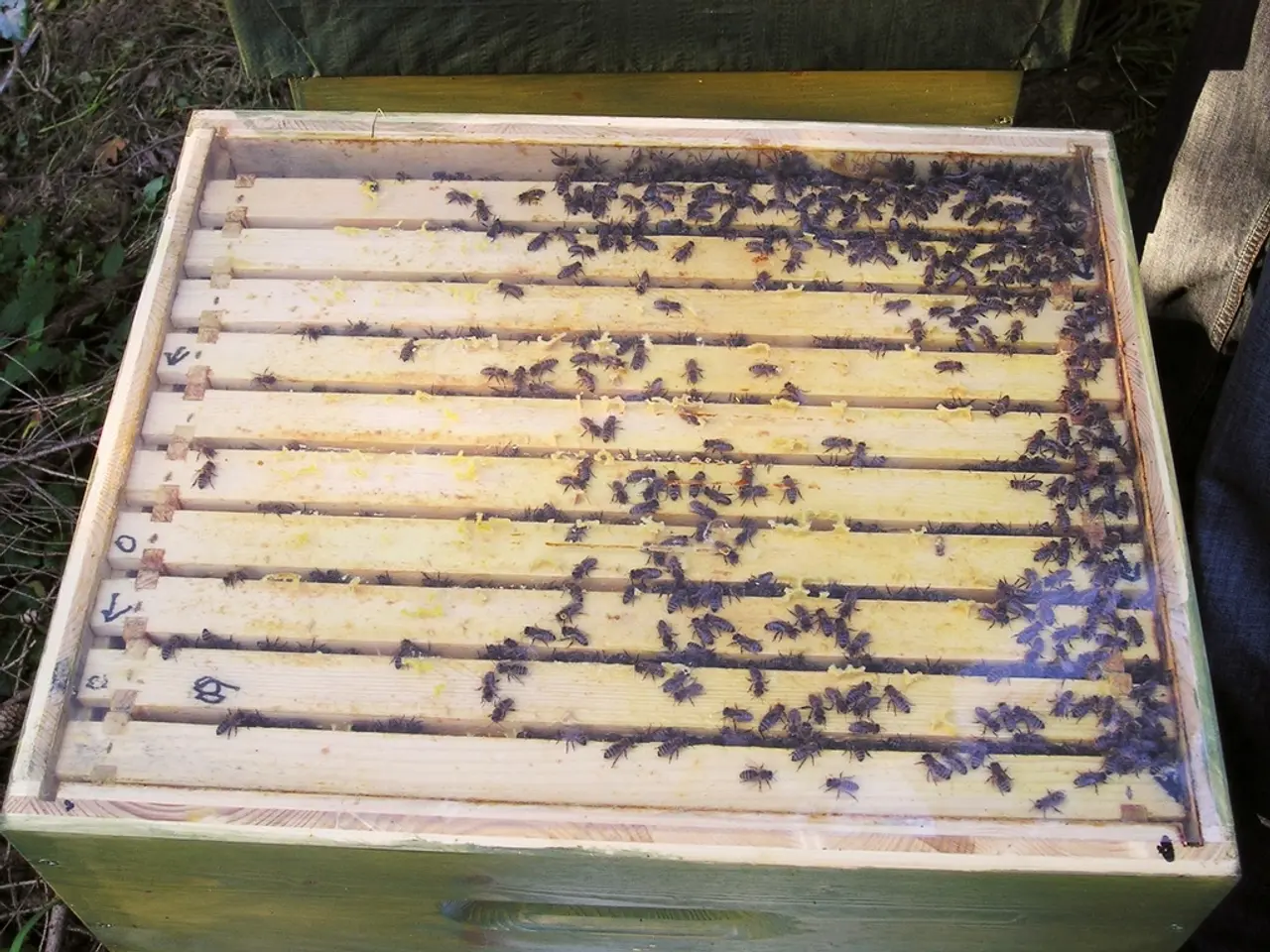Head Lice Infestations on the Rise Among Children in Zabaykalsky Krai, Russia
Public Health Watch: Warnings Issued About Rising Lice Infestations
In 2025, health authorities and schools in the Zabaykalsky Krai region of Eastern Siberia, Russia, have reported a significant increase in head lice (Pediculus humanus capitis) infestations among children. This trend mirrors patterns seen in other regions worldwide, where outbreaks typically occur due to a combination of environmental, social, and behavioral factors.
Causes of Increased Lice Infestation
- Close Contact in Schools and Childcare Facilities: Children interact closely in classrooms, playgrounds, and extracurricular activities, facilitating the transfer of lice from one head to another.
- Delayed Detection and Treatment: Early signs of lice infestation are often overlooked by parents or teachers, leading to the spread before intervention.
- Seasonal and Climatic Factors: Zabaykalsky Krai experiences cold winters and relatively warm summers, and lice populations tend to increase during cooler months when children spend more time indoors in close proximity.
- Limited Awareness and Misconceptions: In some communities, there remain misconceptions about lice being a hygiene issue rather than a common parasitic infestation, resulting in stigma and underreporting.
- Reuse of Personal Items: Sharing hats, combs, headphones, and bedding among children increases contamination risk.
- Resistance to Traditional Treatments: There is growing evidence in many regions, including Russia, that lice have developed resistance to commonly used pyrethroid insecticides, making infestations harder to eradicate.
Prevention Strategies
- Educational Campaigns: Schools and community health centers should conduct awareness programs to educate children, parents, and teachers about lice transmission, detection, and responsible actions.
- Regular Head Checks: Routine inspections in schools can help catch infestations early.
- Avoid Sharing Personal Items: Encourage children not to share hats, combs, pillows, and headphones.
- Proper Hygiene Practices: While lice are not a reflection of poor hygiene, regular hair washing and grooming can aid in early detection.
- Environmental Cleaning: Washing bed linens, hats, and clothing in hot water and drying on high heat to kill lice and nits. Vacuum furniture and carpets where infested children spend time.
- Community Involvement: Collaboration between parents, schools, and healthcare providers to support prompt treatment and prevention.
Current Treatment Recommendations (2025)
- Chemical Treatments: Permethrin 1% lotion or cream rinse, dimethicone-based treatments, malathion 0.5% lotion, and ivermectin lotion are among the treatment options available, with some showing resistance to certain treatments.
- Non-Chemical Treatments: Wet combing and heat treatment devices are alternative methods for treating lice infestations.
- Treatment Protocol: Treat all infested individuals simultaneously. Repeat treatment after 7-10 days to kill newly hatched lice. Clean personal belongings and living environment thoroughly.
- Consult Healthcare Providers: For severe or persistent cases, seek medical advice for prescription options or alternative treatments.
Conclusion
The increase in lice cases among children in Zabaykalsky Krai is influenced by social interaction patterns, environmental conditions, and emerging resistance to traditional treatments. Effective management requires coordinated prevention efforts, timely diagnosis, and application of appropriate treatment regimens. Educating caregivers and communities remains essential to curbing the spread in 2025 and beyond.
If you need more detailed medical guidelines or recommendations specific to Zabaykalsky Krai's health authorities, those would normally be available through local public health departments or the Russian Ministry of Health. The increase in louse resistance to common treatments has been noted recently. Lice infestation can also occur in public transport during peak hours. Consulting a doctor is advised if lice are found. If lice are found, it is important to immediately inform the educational institution. Specialists recommend avoiding sharing hats to prevent lice infestation. Infection usually occurs through close contact in children's groups such as schools, kindergartens, and clubs. In the first half of 2025, there was an 8% increase in lice infestation cases compared to the previous year. 85.2% of the affected individuals in this increase were children under 17 years old. The Zabaykalsky Krai branch of Rospotrebnadzor reported this increase in lice infestation cases in their Telegram channel. Lice infestation is a parasitic skin disease caused by the human louse. Over 2900 Zabaykalsk residents have been affected by tick bites so far this season. Using individual combs and towels is recommended to prevent lice infestation. Treatment for lice infestation should be carried out under the supervision of medical professionals. It is important to avoid self-medication for lice infestation, given the recent increase in louse resistance to common treatments. It is important to tie long hair back to prevent lice infestation. Using other people's hats and hair accessories also increases the risk of lice infestation. Specialists recommend teaching children personal hygiene to prevent lice infestation. In shared changing rooms and cloakrooms, there is an increased risk of lice infestation.
- In the realm of health-and-wellness, educating children about the importance of mental-health, science, and skin-care can help them avoid self-medication mistakes and understand the connection between their personal hygiene, fitness-and-exercise, nutrition, and overall health.
- In addition to the school's ongoing battle against head lice infestations, various groups have started promoting health-and-wellness initiatives to educate children about proper skin-care practices, the importance of mental-health, and the benefits of fitness-and-exercise.
- Encouraging the use of individual combs and towels to prevent lice infestation is a simple measure that resonates with broader health-and-wellness practices, such as proper nutrition and regular fitness-and-exercise, for maintaining good mental-health and skin-care.




